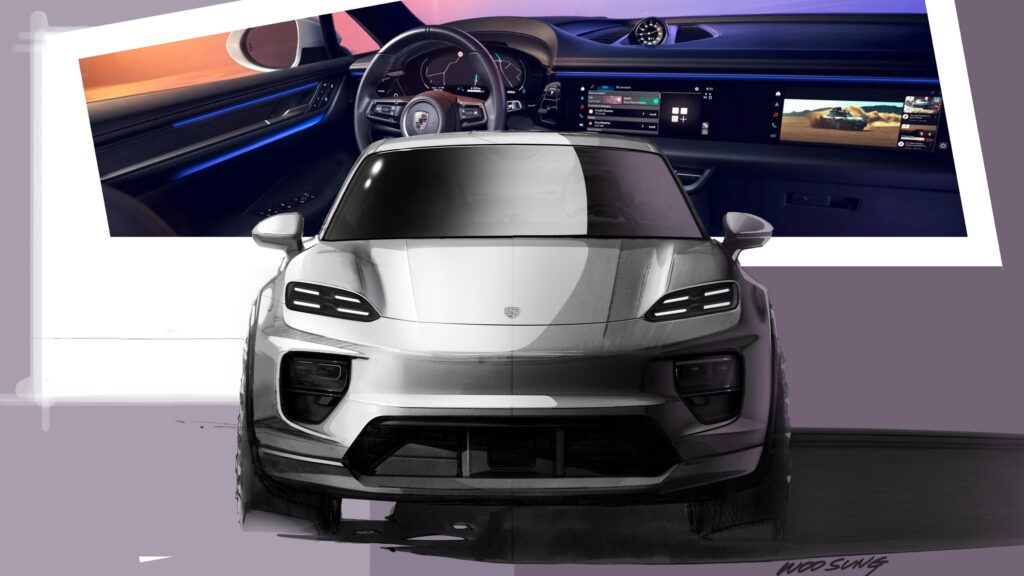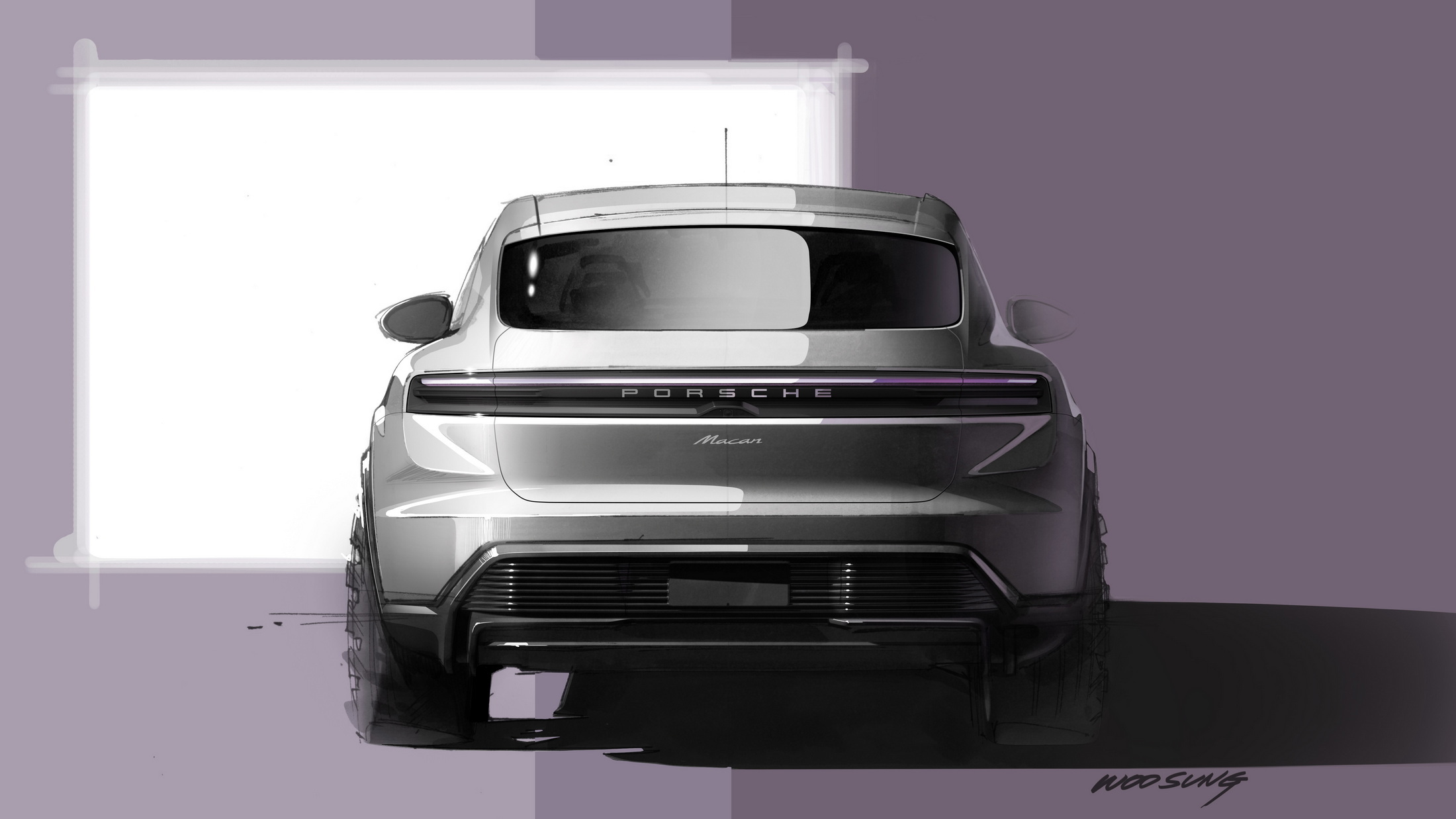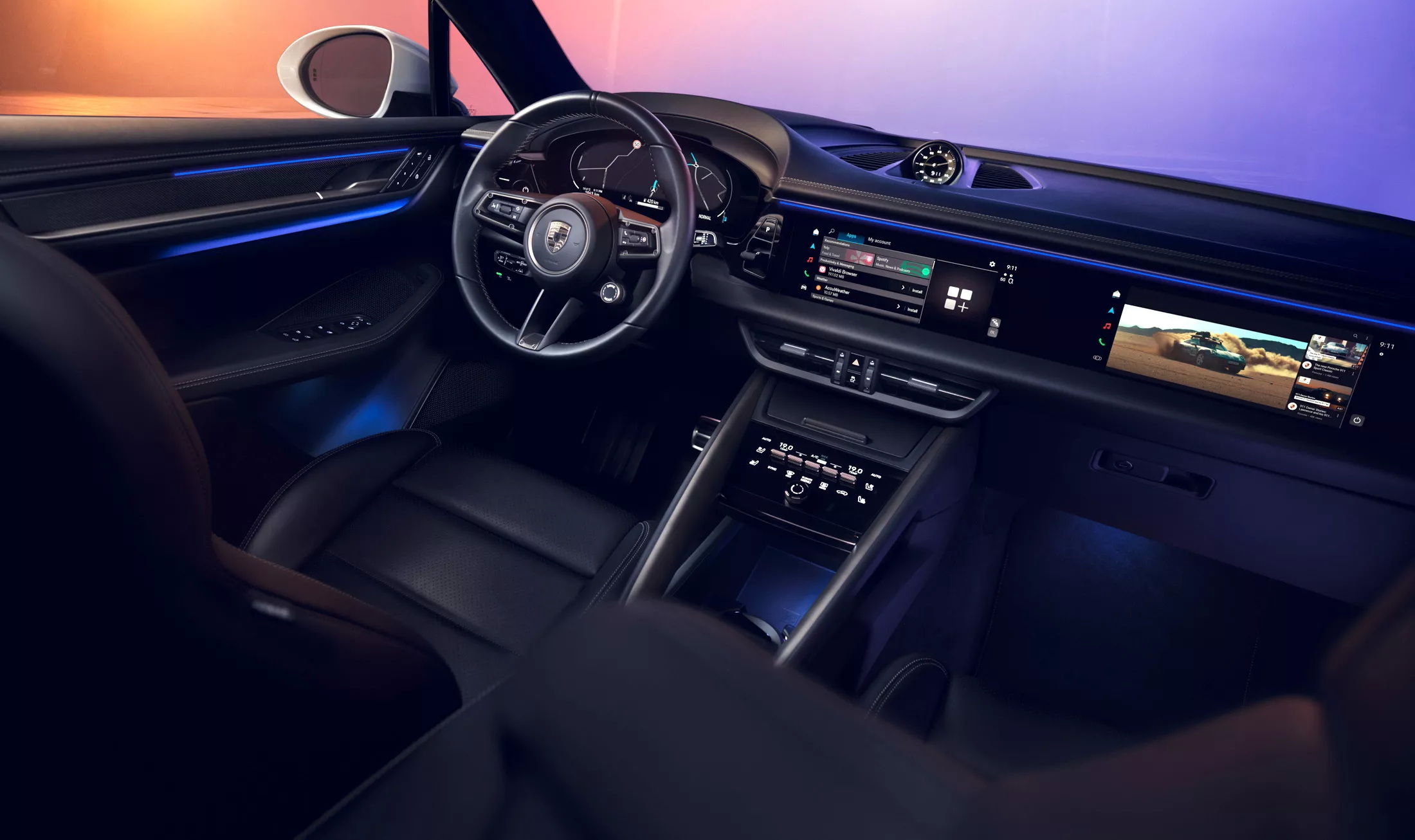Porsche is getting ready to reveal the all-new, all-electric Macan on January 25th. While it’s not the brand’s first venture into electric vehicles, it marks a significant milestone as the inaugural model to bid farewell to internal combustion engines in favor of batteries and electric motors. The design team is fully aware of the weight of this transition.
According to Michael Mauer, the vice president of Style Porsche, maintaining the Macan’s essence, while updating it for the electric age, is no mean feat. Fortunately, the team is well acquainted with the pressure of upholding brand continuity without becoming stale.
More: New Porsche Macan EV Reveals Triple-Screen Interior And Augmented Reality Tech
“We must make each new sports car clearly, recognizably part of the Porsche product family and of its respective model line. Yet it also has to be perceived as ‘the new one’,” says Mauer. “The new Macan is also the first model that we are making fully electric, but which already has an existing, established product identity. So this raises the questions: How ‘new’ does the ‘new one’ have to be – what’s too much, what’s just right?”
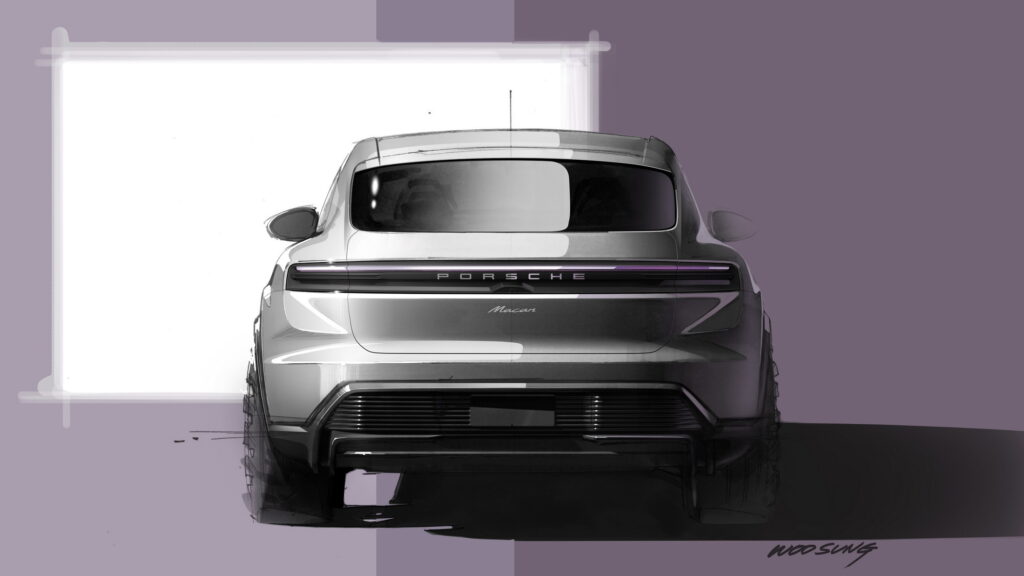
To ensure it gets it right, Porsche leans on three pillars of design: Focus, Tension, and Purpose. For example, inside the Macan, “focus” means organizing all of the controls so that they are all easily accessed by the driver.
Mauer says that the Macan’s new curved display will help organize the interior around the driver. But the design team didn’t stop there. It wanted to ensure that the driver could shut out all of the unnecessary distractions that often fill up cars today.
“We have also created a sort of ‘minimalist mode’ in the instrument cluster,” he said. “This enables the driver, if they so desire, to select only the elements of the instrument panel that are crucial for driving. Focusing only on the things that are absolutely necessary, as it were.”
That’s a bold decision in an automotive industry that is increasingly obsessed with tech. Due to the strong demand for innovation in Asian markets, it can be easy to get swept up in following trends. Mauer says that Porsche cannot risk losing its brand identity by including each new high-tech toy that becomes available in its vehicles. However, it is fortunate that its strong brand recognition means that its customers trust it to only follow the trends that will make its vehicles better.
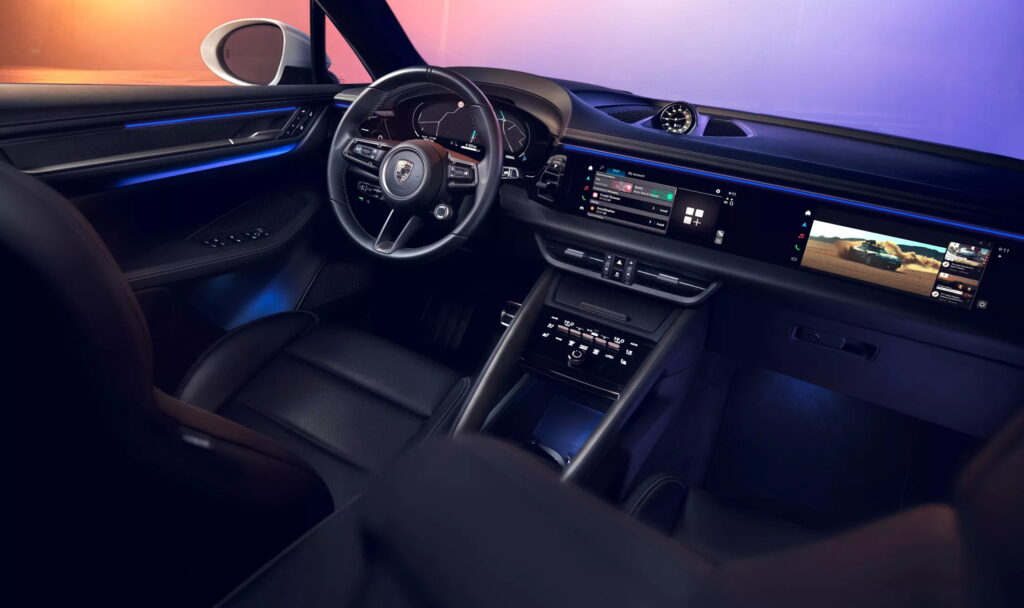
New tech can also make exterior design more complicated. Mauer explains that battery packs threatened to distort the width-to-height ratio that help give Porsche vehicles their characteristic look. However, thanks to the Taycan, the team has learned how to design around this.
And that’s an important skill because maintaining a consistent design language across powertrain types has become part of its strategy. Fortunately, in some ways, electric drivetrains can make it easier to make SUVs and crossovers, like the Macan, look more like Porsches.
“The electric powertrain both opens up new possibilities and poses new challenges,” says Mauer. “The absence of the massive engine block allows us to have a more pronounced interpretation of the typical topography of the front bonnet.”
We’ll soon be able to say how well Style Porsche succeeded in its mission, when the brand plans to unveil the new model on Thursday.




